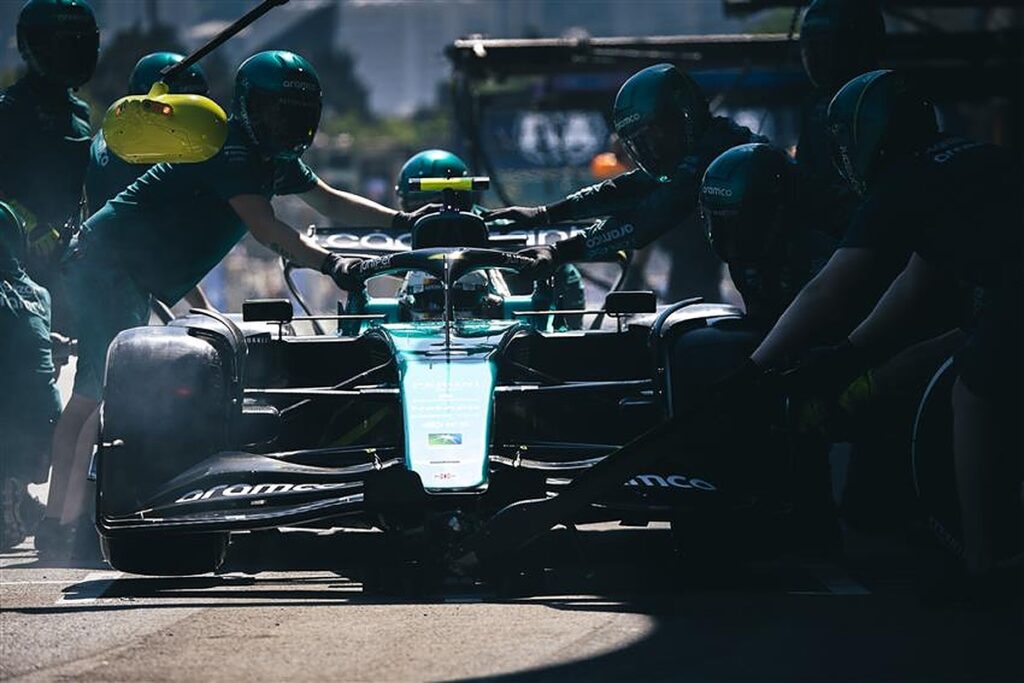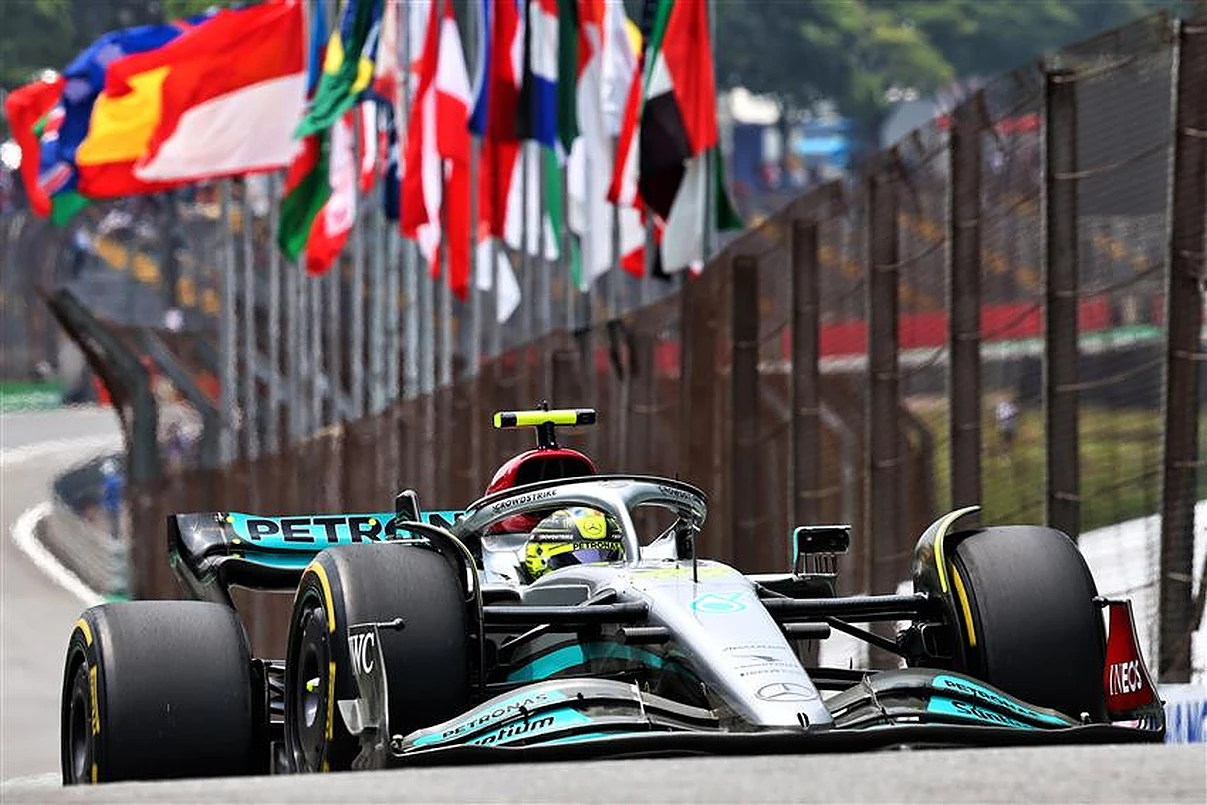Following tweaks made by the FIA to the 2023 technical regulations, Mercedes and Aston Martin are being sent back to the drawing board following bans on their innovative designs.
For Mercedes, the part in question that they can no longer use is their extreme front-wing endplates, which were first seen at the Miami Grand Prix much earlier in the season.
The Silver Arrows designed a very interesting front-wing which had an intersection between the endplate and its flaps; they also introduced a questionable front-wing at the United States Grand Prix, which they also weren’t allowed to use.
Whilst it was Mercedes’ front-wing that was the issue, for Aston Martin, it’s their rear-wing, unsurprisingly.

READ: Toto Wolff admits he wants to poach Mick Schumacher from Ferrari
The Silverstone-based side introduced a unique rear-wing at the Hungarian Grand Prix, which was able to generate more downforce, something which broke one of the aims of the 2022 regulations.
Both sides were able to use their respected part for 2022; however, from next season they won’t be able to do so, according to the FIA’s single-seater technical director Nikolas Tombazis.
“Obviously this year they were both legal. The regulations have changed on both the front and the rear in different ways to stop those solutions,” Tombazis said.
Both sides will, of course, be disappointed that the innovative parts can’t be used next season; however, Aston Martin’s performance director Tom McCullough remains “really happy” that his side in particular designed something “novel and new”.
“I think what was nice this year is the fact that we came up with something novel and new,” McCullough said when asked by Motorsport.com for his thoughts on the ban.
READ: Charles Leclerc breaks silence on Mattia Binotto’s reported sacking
“It was a very difficult interpretation of the rules that added performance to our car. It was a part that people couldn’t just copy quickly because of how complicated it was to get around several different regulations.
“So in a way, we’ve sort of had that advantage this year because, by the time we brought it to Budapest, it’s quite late for people to react to understand it and, from the cost cap [perspective], they had already made their high downforce wings. So for me, I was really happy.
“A lot of people were involved in that project for a long time, many months in the toing and froing between the FIA.
“But I understand: our job is always to make the most of the regulations and, if they change, we have to adapt to that really.”

